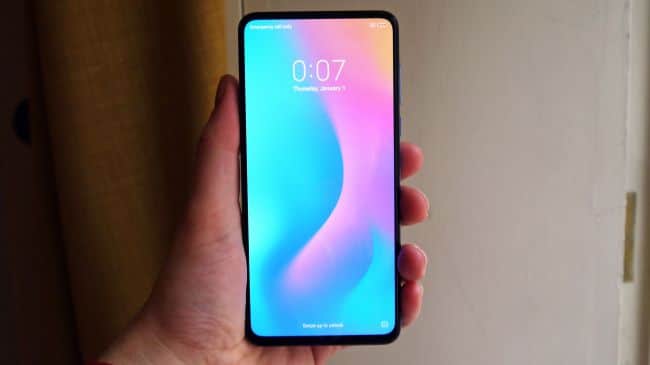
A futuristic phone with a slide function straight out of 2005
In the history of the smartphone industry’s quest for 100% screen-to-body ratio, the Xiaomi Mi Mix 3 deserves a prominent entry.
We’ve seen the Vivo Nex, Oppo Find X and Honor Magic 2 all implement mechanically moving parts which sees the front cameras rise up, out of the top of the handsets, but there are seriously questions over their durability.
With Xiaomi sticking with a far more old-school slider, the hope is reliability will increase, while still achieving that futuristic all-screen design.
Xiaomi Mi Mix 3 release date and price
The Xiaomi Mi Mix 3 release date is currently unknown for the US and UK, although in the UK we’re told to expect the Mi Mix 3 to arrive early in Q1 2019, which hopefully means either January or February.
We’re also similarly in the dark about the Xiaomi Mi Mix 3 price in the US and UK (the two countries we’ve been briefed on the handset), although it’s already available in China.
The 6GB of RAM with 128GB of storage base model is 3,299 yuan (around $480, £380, AU$660) while the 8GB/256GB top-tier model is 3,999 yuan (around $580, £460, AU$800).
We have been told that in the UK, only the 6GB/128GB Mi Mix 3 will be available.
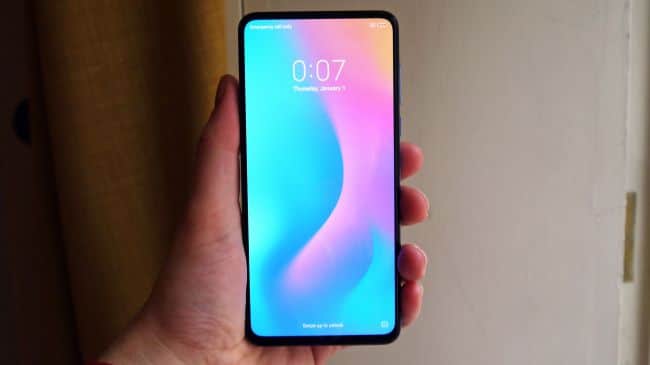
The big feature of the Xiaomi Mi Mix 3 is its sliding functionality. You have to tug with a little force to get the magnetic mechanism to move and click into place, which takes a minute to acclimate to but ultimately, the whole setup feels far from flimsy.3
It also makes a satisfying clunking sound as you slide the display up and down, which resulted in us playing with the slider subconsciously as we held the device.
Sliding the screen down reveals two front-facing cameras and a selfie light, but this isn’t the only use for the sliding action on the Mi Mix 3. You can also use the slider to answer calls, take selfies and access a shortcuts panel.
This gimmick sets the Mi Mix 3 apart from the pack and gives it a distinct look that any notched phone owner will envy.

Simply having a clean screen is a luxury, and the 6.39-inch Full HD+ (2340 x 1080) AMOLED display is all the better without any divots or pinholes, as in the Honor View 20.
But the sliding design choice comes with drawbacks. The Mi Mix 3 is noticeably heavier than other phones – 218g, compared to the Mi Mix 2’s 185g.
Also, tugging the screen down every time you want to use the front-facing camera is a bit cumbersome – plus, it requires enough pressure to ensure you’ll keep leaving fingerprints on the screen.
It’s also too early to tell if the sliding mechanism will wear out after prolonged use over the phone’s lifespan. Xiaomi confirmed that the Mi Mix 3 does not have an IP rating for water or dust resistance – the Mi Mix 2 didn’t, either – and the sliding mechanism puts its weather-proofing even further in doubt.
And, yes, this phone feels a bit thicker than the usual smartphone – but it’s still slim enough to fit in your pocket.
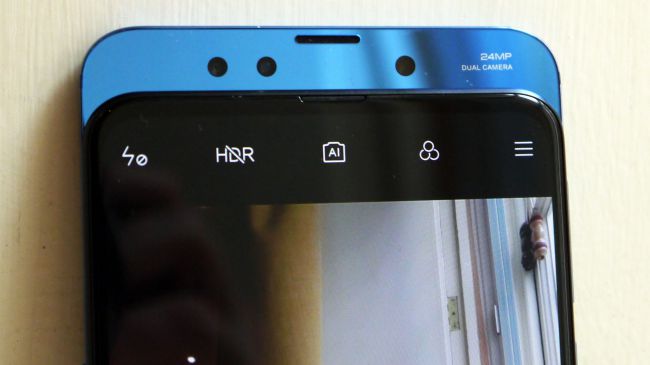
An issue with the sliding design though is protection. There’s no easy way to create a case for the Mi Mix 3 without it getting in the way of the sliding function, which means you’ll have to be extra careful if you do decide to pick it up.
As is the trend with flagships these days, there is no 3.5mm headphone jack on the Mi Mix 3, with just a USB-C port and speaker grilles on the base of the phone. On the right you’ll find a power/lock key below a volume rocker – both of which are easy to hit.
There is a third physical button though, located on the left of the handset just below the SIM card tray. This key launches Google’s Assistant when pressed, giving you quick access to voice commands.
The large nature of the phone means it’s a little unwieldy when trying to type one handed, with two hands often required if you’re tapping out more than just a few words.
For biometric fans, there’s a fingerprint scanner handily located on the rear of the handset, while a face unlock function will apparently be made available in a future software update – although this may not hit phones in every country.
Power and performance
The Xiaomi Mi Mix 3 is a fully-stocked flagship phone, fulfilling the firm’s desire for a device to compete with top-tier smartphones.
It packs a Snapdragon 845 chip, either 128GB or 256GB of storage space and between 6GB and 8GB of RAM (or a whopping 10GB, but only in a limited edition). As we’ve already mentioned, the UK will only get the 6GB/128GB configuration.
The phone runs Android 9 Pie out of the box with Xiaomi’s MIUI 10 OS layer, which removes the app draw and puts all your apps on the home screens.
There’s also a 3,200mAh battery inside the Mi Mix 3, and there’s support for Qi wireless fast charging at 10W.
What makes the wireless charging feature even better here is Xiaomi including a charging pad in the box with the phone. This is an extremely rare occurrence, with most handsets with wireless charging support requiring you to purchase a charging pad separately – so hats off to Xiaomi here.
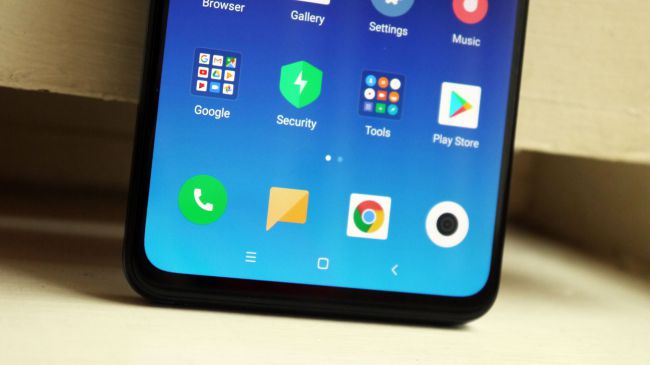
Cameras
Less impressive are the rear cameras on the Xiaomi Mi Mix 3, with dual 12MP+12MP cameras (a 1.4µm pixel size and f/1.8 wide lens along with a f/2.4 and 1.0µm pixel size telephoto).
But Xiaomi is trumpeting a new night mode (which we didn’t get to try) and plenty of AI-based features like scene recognition and a beauty mode.
Yanking the screen down exposes the dual front-facing cameras: a 24MP f/2.2 main lens and 2MP depth sensor that enables portrait mode and similar selective-focus photography.
Once the front-facing cameras are exposed, the phone helpfully switches to the camera app, which is a nice touch. Users will be able to set custom triggers when the display is slid down, like answering calls or launching a certain app.
A future update (in select markets) will enable facial recognition to unlock the phone, but until then, users have the rear-mounted fingerprint sensor to make do.
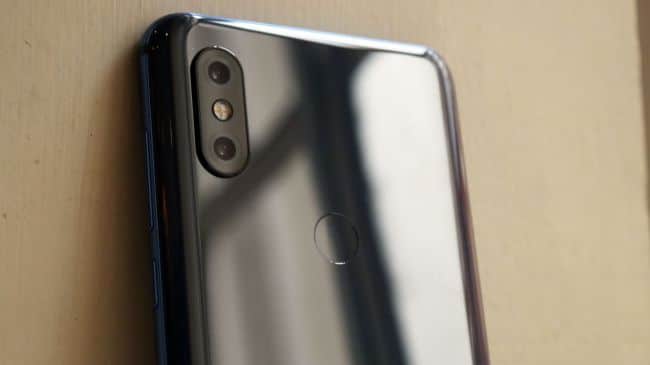
Early verdict
The Mi Mix 3 has everything it takes to compete with other flagship smartphones, but it will live or die based on how its sliding mechanism is received.
After getting used to it, we found it to be a suitable compromise for a full screen, and even charming as a throwback to the sliding, clicking, flipping, clacking cell phones of the mid aughts.
The specs are also impressive: on paper, the Mi Mix 3 is a solid choice for an Android flagship. Lest you think the phone’s late release will saddle it with last year’s processor, Xiaomi is planning a version for next year that packs the Snapdragon 855 and the X50 5G modem – the perfect combo for 5G support.





